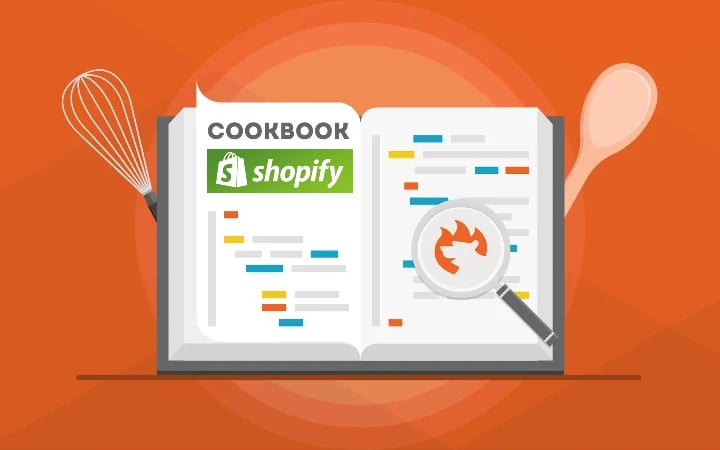How to Manage Products in Shopify: Reorder Variants

In the following article, we explore how to reorder variants in Shopify. You will learn two different techniques: one for solo editing and another one for bulk product updates. If you deal with a few products, choose the first way. If you need to update the entire catalog, go with the second option. Below, we explain the principal difference between the two of them opportunities so that you can reorder variants in Shopify in a manner that suits your business well. Continue Reading